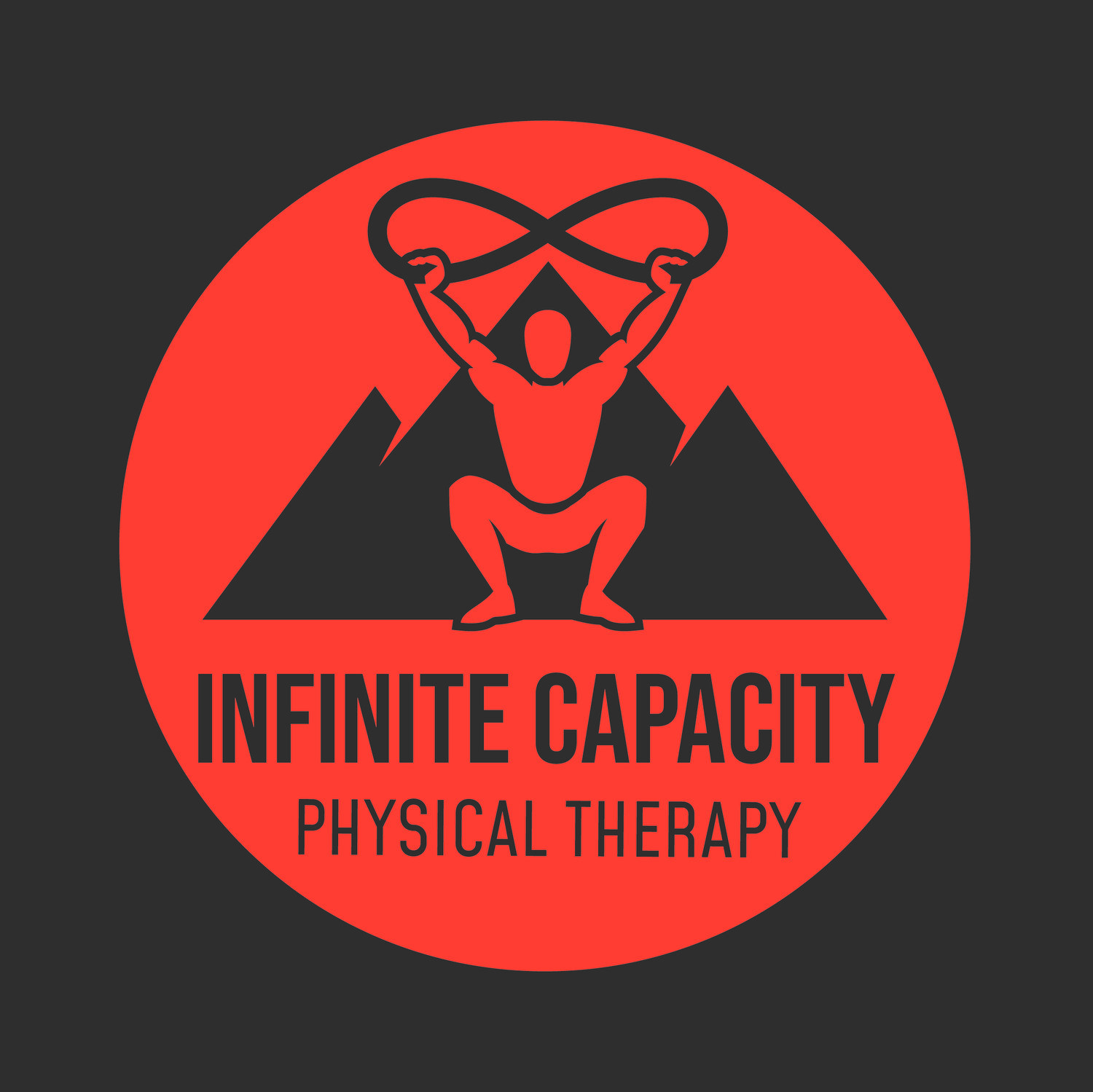Shoulder Pain with Push Ups and Dips
One of the most common regions we treat in CrossFit athletes is the shoulder. Many of these athletes begin experiencing their symptoms after a workout involving high volume push-ups or dips.
Often, the tissues in the front of the shoulder aren’t accustomed to the range of motion requirements and/or the number of repetitions through that range of motion. This can result in soft tissue injury and pain during or following a workout involving these movements.
Range of Motion Requirements
The primary requirement to perform either the push-up or the dip is shoulder extension. When assessing this motion in an athlete, we look for at least 45-degrees without compensation of the shoulder dipping forward.
Self Shoulder Extension Assessment
Mobility Exercises for Push Ups and Dips
Rig PVC Extension Stretch
Bridge Shoulder Extension Stretch
Banded Extension Eccentrics
Push-Up and Dip Negatives
Where Should the Elbows Be in the Push-Up?
Many people believe that the elbows should be in a particular position during the push-up, which is typically tight to the sides or slightly out from the body at a 45-degree angle. But is this true?
The reasoning behind this recommendation I hear from many coaches is because the arms being straight out to the side in-line with the shoulders is “bad for the shoulder”.
While we haven’t seen any high-quality literature suggesting that any one elbow position can lead to injury more than another, there is some literature which describes muscle activation changes based on elbow position(1).
With the elbows tight to the sides, the triceps tend to be more active. If the elbows are straight out in-line with the shoulders, the pectoralis major is the dominant muscle in the movement. Finally, if the elbows are at a 45-degree angle, there is more of an equal distribution of muscle activation between the triceps and the pec major.
Therefore, elbow position has less to do with injury risk and being “bad for your shoulders”, and more to do with push up efficiency versus muscle isolation. If you’re targeting one muscle or the other, use the position where that muscle is more dominant. If you’re looking for more endurance and lots of repetitions, use the 45-degree position to share the load between muscles.
Sources:
1. Contreras, Bret MA, CSCS1; Schoenfeld, Brad MSc, CSCS, NSCA-CPT2; Mike, Jonathan USAW, CSCS, NSCA-CPT3; Tiryaki-Sonmez, Gul PhD4; Cronin, John PhD5; Vaino, Elsbeth BS, CSCS6. The Biomechanics of the Push-up: Implications for Resistance Training Programs. Strength and Conditioning Journal: October 2012 - Volume 34 - Issue 5 - p 41-46. doi: 10.1519/SSC.0b013e31826d877b
